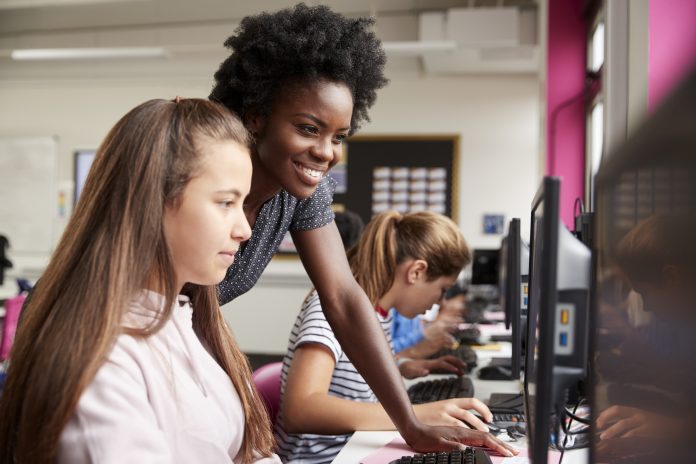Graham Glass, CEO of Cypher Learning, discusses how harnessing the power of adaptive learning to personalise learning experiences can support schools and students
The ideal learning process for a student is one that adapts to that student’s every need: the surrounding environment, the actual content of the lesson, the method of delivery, the types of assessment — and everything in between. When this happens, the student has the highest chances of understanding the concepts being taught and later remember what they learnt.
As with all things ideal, this doesn’t really happen in the classroom. With one-to-one instruction not being a viable solution, adaptive learning systems come to the rescue. The surrounding environment may remain unchanged in the context of online classes but the learning content, its form, and how the student is assessed, can be personalised based on a student’s online learning behaviour.
How adaptive learning works
Let’s take an example: Sam the student has just enrolled in an intermediate Geography course through their school learning management system (LMS), which has a few key features of adaptive learning.
The first thing the system does is to assess Sam’s previous knowledge of Geography through a series of questions that were clarified in the beginner level of the course. If Sam answers all questions correctly — or the majority of them, depending on the rules set beforehand by the teacher — they can then proceed to the first lesson. If not, Sam will be prompted to enrol and pass the beginner level of the Geography course.
Throughout each online lesson, the system records Sam’s activity: how much time is spent on each page, if an existing video is played, what extra resources are accessed, if the search bar is used and with what terms, if the chat tools are activated, and so on. At the end of each lesson and at the end of the course, Sam must go through one or more types of assessment to test the newly acquired knowledge.
Automatic rules are set every step of the way so that the system is able to make suggestions based on Sam’s activity. For example, if Sam repeatedly plays a video in a lesson, the system can suggest checking the transcribed text of the video, playing a related video, checking a different resource, or even enrol in a related course. Likewise, depending on the assessment score, the system will make recommendations on what Sam should do next: revise or move on.
An adaptive learning system is an artificially intelligent one. It constantly gathers, parses, and outputs information. Its quality depends a lot on the quality of input information, both at the beginning and during the students learning process.
How to use adaptive learning to personalise learning experiences
With the rise of artificial intelligence within ed-tech, the educators’ human intelligence is more important than ever. Because it’s still the teachers who teach, not the tech tools. Here’s how teachers can harness the power of adaptive learning to create personalised online learning experiences: To meet the needs of all students, educators need to first adapt the learning content.
Some students respond better to video since this format better stimulates attention. Others will find that just listening to someone talking about a new concept is just enough. Still, others will go the old-fashioned way of reading and taking notes, sometimes highlighting important pieces of information on printed handouts.
It is, therefore, best to have the same lesson or learning module in different formats. Doing this may require some extra time and resources, but online courses can be reused over and over again, and this variety of formats will come in handy when setting the automatic rules in the adaptive learning system.
Another aspect that should be adapted to meet the needs of each student is the assessment part.
If no two Sams learn the same, it’s only natural that they are able to prove their mastery over the newly acquired knowledge in different ways.
Depending on how they prefer to learn, students should be assessed differently. They could write a paper, create a presentation, shoot a video of themselves explaining some new concept, fill in a quiz, and so on. Again, creating various types of assessments instead of one means extra work from the part of teachers, especially since some correlations between assessment types and skills acquired need to be made. Yet again, these efforts are not in vain.
Customising the content and assessments is the basis of delivering personalised learning experiences for all students. With the help of the right ed-tech tools, educators of all levels can create and deliver instruction that adapts to the learning needs of each and every student, thus putting them on the track of great academic outcomes.











